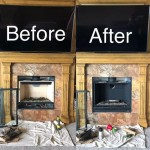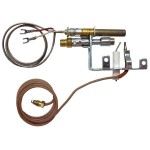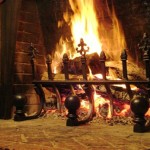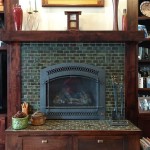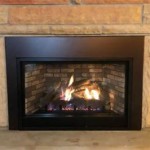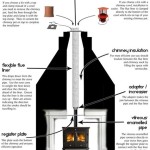Essential Aspects of Outdoor Fireplace Gas
Outdoor gas fireplaces have become increasingly popular as they offer homeowners a convenient and elegant way to create warmth and ambiance outdoors. Understanding the essential aspects of outdoor fireplace gas is crucial to make an informed decision and maximize the enjoyment of this outdoor amenity.
Types of Outdoor Fireplace Gas
There are three main types of outdoor fireplace gas:
- Natural Gas: Natural gas is sourced from underground reservoirs and is piped directly to homes. It is a popular option for outdoor fireplaces due to its availability and relatively low cost.
- Propane Gas: Propane gas is a liquefied petroleum gas (LPG) stored in tanks. It is a more portable option than natural gas, making it suitable for areas where natural gas is not available.
- Butane Gas: Butane gas is also an LPG but has a higher vapor pressure than propane. It is less common for outdoor fireplaces, but may be used in certain applications.
Choosing the Right Gas Line
The type of gas line required depends on the type of gas being used. Natural gas requires a hard-piped line made of copper, aluminum, or galvanized steel. Propane and butane gas use flexible hoses made of rubber or composite materials.
Burner System
The burner system is responsible for mixing gas and air to create the flame. There are various types of burner systems, including:
- H-Burner: The most common type, H-burners create a U-shaped flame.
- Linear Burner: Produces a long, straight flame.
- Fire Pit Burner: Designed for fire pits, these burners create a circular flame.
Ignition System
The ignition system is used to start the fire. There are two main types:
- Match Light Ignition: Requires a match or lighter to ignite the gas.
- Electronic Ignition: Uses a spark to ignite the gas, making it more convenient.
Safety Features
Safety is paramount when it comes to outdoor gas fireplaces. Essential safety features include:
- Flame Sensor: Shuts off the gas if the flame is extinguished.
- Tip-Over Safety Switch: Automatically shuts off the gas if the fireplace tips over.
- Oxygen Depletion Sensor: Monitors the oxygen level and shuts off the gas if it drops too low.
Maintenance
To ensure optimal performance and longevity, regular maintenance is crucial:
- Inspect Gas Lines and Hoses: Check for leaks or damage.
- Clean Burners and Firebox: Remove any debris or soot.
- Inspect Ignition System: Ensure proper functionality.
Conclusion
Understanding the essential aspects of outdoor fireplace gas is vital to make an informed decision and create a safe and enjoyable outdoor experience. From choosing the right type of gas and gas line to the importance of the ignition system and safety features, careful consideration of these factors will ensure homeowners can maximize the warmth and ambiance of their outdoor fireplace.

10 Benefits Of An Outdoor Fireplace

Outdoor Gas Fireplaces Landscaping Network

36 Outdoor Gas Fireplace Electronic Ignition Fine S
.aspx?strip=all)
5 Benefits Of Outdoor Fireplaces Regency

Gas Fireplaces For Outdoor Entertainment Perfect Patios

Outdoor Custom Gas Firepits Jetmaster Fireplaces

How To Choose An Outdoor Fireplace The Home Depot

30 Marvelous Backyard Fireplace Ideas To Beautify Your Outdoor Decor Gas Designs

Outdoor Gas Fireplaces Planikafires

Outdoor Fireplaces Charlotte Fireplace Design Coogans Build
Related Posts

